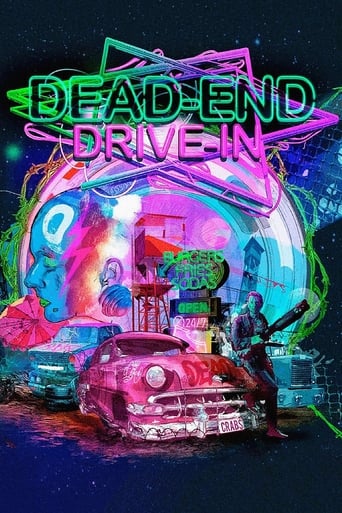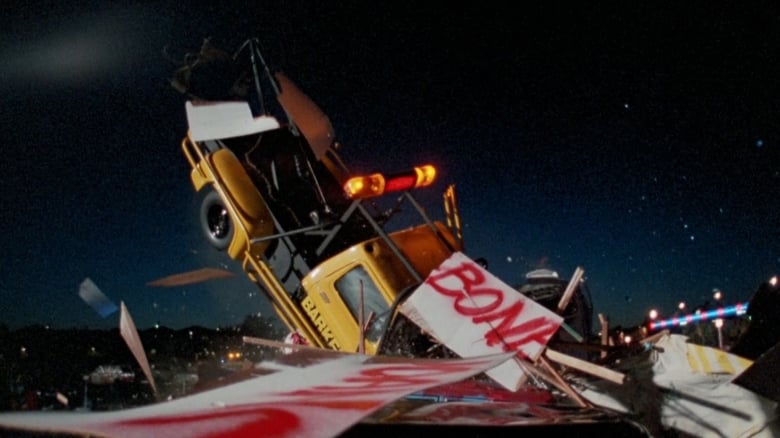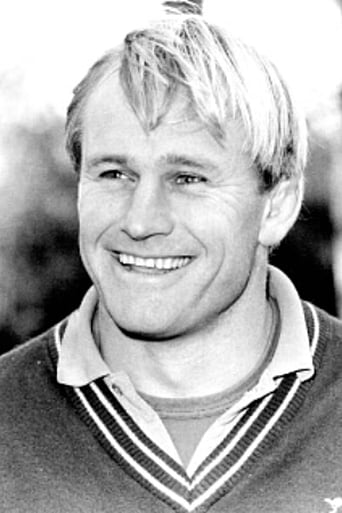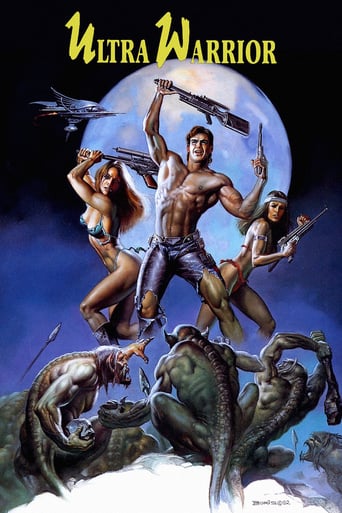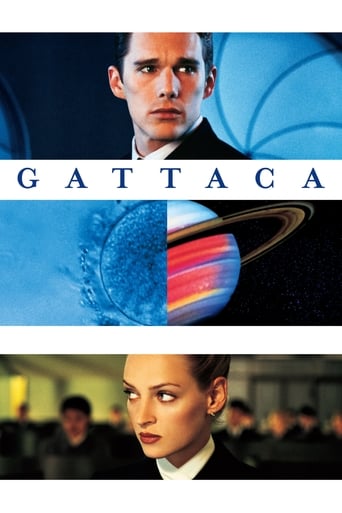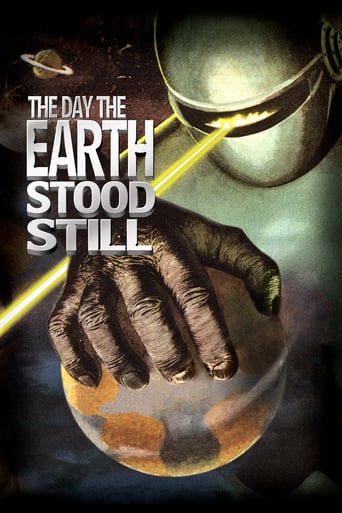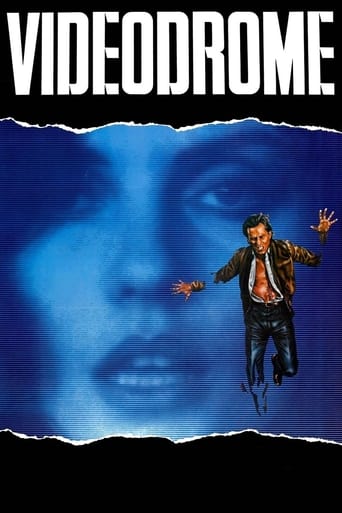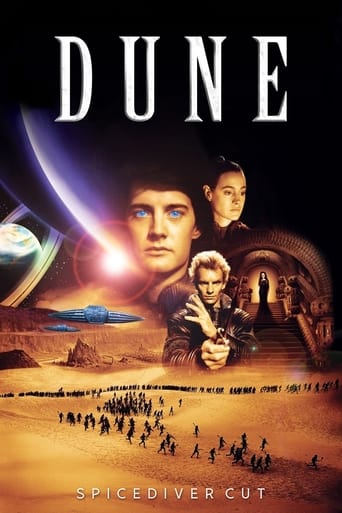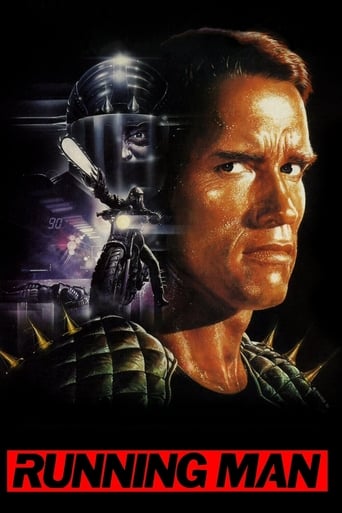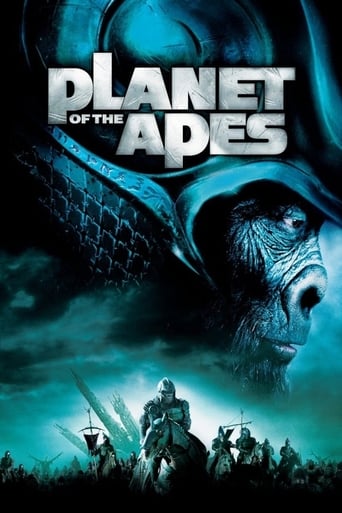Dead End Drive-In (1986)
In the future, a health nut and his tag-along girlfriend become trapped in a drive-in theater that has become a concentration camp for outcast youths.
Watch Trailer
Free Trial Channels
Cast


Similar titles
Reviews
Such a frustrating disappointment
It's the kind of movie you'll want to see a second time with someone who hasn't seen it yet, to remember what it was like to watch it for the first time.
It’s fine. It's literally the definition of a fine movie. You’ve seen it before, you know every beat and outcome before the characters even do. Only question is how much escapism you’re looking for.
True to its essence, the characters remain on the same line and manage to entertain the viewer, each highlighting their own distinctive qualities or touches.
Dead End Drive-In is one of those films that could only have hailed from the '80s, a neon-drenched dose of new-wave nonsense from down under, a cult oddity that dabbles in social commentary (junk culture and racism), but which works best as pure B-movie fodder, director Brian Trenchard-Smith delivering crazy characters, car crashes, shootouts, drugs, sex and rock 'n' roll aplenty.Ned Manning stars as Jimmy "Crabs" Rossinni, who takes his girlfriend Carmen (Natalie McCurry) to the Star drive-in, unaware that the place is being used as a detention centre for the nation's disaffected youth. Trapped by a tall wall topped with electrified wire, the prisoners are fed a diet of drugs, junk food and trashy movies (including a couple of Trenchard-Smith's earlier efforts), but unlike Carmen, Jimmy isn't about to sit back and accept his situation and plans to escape by whatever means necessary, with or without his girlfriend (personally, I would have stayed: McCurry, who would go on to be crowned Miss Australia 1989, is a total babe).With a neat set-up, the scene is set for lots of trashy fun, and for a while it all works very nicely, but Trenchard-Smith struggles to keep the momentum going, his script offering very little of interest once Jimmy realises the gravity of his predicament, the lad spending most of his time hunting for new wheels for his car (boring) when he could be seeing to his knockout girlfriend (not boring).Things eventually pick up for the entertaining finale, in which Jimmy makes a bid for freedom that results in lots of vehicular stunts and exchange of gunfire with the cops, although the ending does leave a rather awkward question unanswered: is Jimmy now a fugitive, wanted for the killing of a cop? If so, that's hardly the upbeat finish that Trenchard-Smith seems to be going for.
Talk about a strange movie. This one has developed a bit of a cult following and it's easy to see why. The entire world depicted here is unusual, filled with violence and hot items from the time it was released (1986) like punk music and dress. All of that being said whether you enjoy this movie will all depend on your point of view.The year is 1990 (keep in mind when this was released) and the world is in terrible shape. Violence is the theme of the day, gangs roam the streets with little fear of repercussion and cars are a commodity. In this mix is Crabs (Ned Manning), a young man trying to live the right way and working hard. One night he borrows his brother's car and takes his best girl Carmen (Natalie McCurry) for a night at the drive-in.Things seem to be going smoothly, the couple find themselves going at it only to later realize that the tires from the car have been stolen. Crabs reports this to the manager only to discover that the drive-in is not what it once was and that it was the police that stole his tires. All of them have been converted into concentration camps for the low lifes and criminals of the time. Stuck in this place with no means to leave Crabs and Carmen must learn the rules to survive.With easy access provided to drugs, food and entertainment inside this locale it seems that most inside would rather stay than face the problems the outside world now presents. The "guests" at this drive-in have made themselves at home here. They've constructed their own small buildings to live in and have formed their own hierarchy to deal with things.Crabs continues to seek a way out, trying to climb the fence that surrounds the drive-in only to discover it's been electrified. He eventually finds tires for his car only to discover all his gas has been drained. He gets gas only to find engine parts missing. He begins to suspect that the owner, who is paid a stipend for each person who stays there, is behind it all. One way or another Crabs and Carmen must find a way to escape and return to the real world.Director Brian Trenchard-Smith has said that the film was "an allegory for the junk values of the eighties" and it shows. The placated masses living in the drive-in are content as long as they have entertainment and food provided for them, never working or dealing with anything of any substance. Drugs and movies rule the day here. It speaks volumes about the kids of the time and the whole me generation as they were called.The reality of this film is that it was a low budget pictures that made the best use of their limited funds. The end result is funny at moments, has enough thrills to maintain interest and a story that seems odd but interesting. The acting is better than one would expect from something like this. Production values seem low as far as sets go but that works in its favor since this is an apocalyptic world we're talking about here. Trenchard-Smith has a firm hand on the directing of the film, a true feat since he was brought in after the initial director left.Fans of the film discovered this not in theaters or in drive-ins across the world. It gathered its following though video with the initial release on VHS. Copies were shared, discussed and loved by fans of the film for years. An initial release on DVD came out and the love for the film continued. But now that affection can grow larger still as Arrow Video has released the ultimate version of the film that should make fans of Brian Trenchard-Smith happy as well.Not only has Arrow, as they are prone to do, released the film in pristine shape with a 2k transfer from original materials, they've included some quality extras as well. Included are an audio commentary track with Trenchard-Smith, "The Stuntman" a classic television documentary about stuntman Grant Page and other Australian stunt performers directed by Trenchard-Smith, "Hospitals Don't Burn Down"a 1978 public information film made by Trenchard-Smith, the theatrical trailer and if you pick up a first pressing edition a collectors booklet.It's easy to see why Arrow Video is becoming a fan favorite for collectors of what many consider less than mainstream films. They treat each item as if it were a rare gem and in truth they are. Not many would consider a film like this should receive the special treatment that they've given it. Thank goodness they have decided to do so.
This oz flick which took over two years to hit video, is hardly worth the wait. In the not too distant future, which by the hardly changed backdrop, unconvincing, really, give two or three years ahead, unemployment is really taken a slump. Dole bludgers, what have you, have made the dreaded mistake of going to the outdoor flicks one too many times, where scores of going nowhere youth, have become prisoner of the drive in, it's fences electrified. In drives our hero Crabsee, (Manning) and his hot date Carmen (McCurry) who tries to defy the odds, and the other youth who've much accepted their fate, for rotting away in this dive of takeaway of crummy movies, courtesy of some of the director's other flicks. Manning is hell bent on getting out, that's his objective, the plot of the whole flick, while even his girlfriend, has accepted her situation. Only Crabsee can't, the antagonist being the owner (a wonderful Peter Whitford, wasted in this trashy junk as is the middle aged woman running the refreshment stand) who he and his outside forces try and hinder his efforts, which Manning is a guy you don't want to get pi..ed, another instance when he realizes his predicament, as he blows off some steam to Whitford, really good in the role, who slyly tries to offer him a partnership. The movie too, takes a stand on race, as when truckloads of Asians enter the dirty gates of this establishment, Crabsee is the only one, sticking by em'. Oh, I didn't mention, Crabsee can fight too, his little fracas with another of the trapped being Wilbur Wide, his uninspiring acting performance, as one can expect. Still this insipid, if original movie with it's weak plot is worth a view, as McCurry's goodies when pashing Crabsee in the back of the panel van. This movie just won't appeal to all tastes. Too imagining the reality of the movie, if you were those unfortunate youth, is enough to bring anyone down, but remember it's just a movie and not a reall good one.
It's the future. Economy is bad, unemployment is up. Crime waves spread, government clamps down. Every place looks like downtown L.A. One day a guy goes with his girlfriend to a drive-in theater and while they're having sex in the car, the wheels get stolen. He now has no way to drive home. But guess what? He can't call his brother, 'cause there's no phone. And he can't catch a bus or cab, 'cause there aren't any. And he can't walk home, 'cause walking on the highway is illegal. So they are, quite literally, stuck living in the open space of the drive-in, which conveniently allocates them blankets and $30 a week.It sounds interesting enough, assuming it was played seriously but it's not. The entire film is boring, silly, with no tension, no villains, no danger. It is basically harmless, cartoon-like fare. The protagonist--the only one in the place who doesn't look like an extravagantly decked out Ramones concert attendee--is apparently the only one who wants to "get out," while everyone else has sunk into complacency.Once they find out they're stuck there, the rest of the film is a pointless, meandering mess. The most bizarre thing, however, was when a bunch of freaks go from harmless, obnoxiously bad actors to um...suddenly being the leaders of a "white Australia" meeting. You see, the government (who has "secretly" turned drive-ins into concentration camps for undesirables) has now also started bringing in Asians and other foreigners. So, out of nowhere, with NO prior motive whatsoever, COMPLETELY OUT OF THE BLUE, we see some innocuous little nerd who was only a peripheral character begin chanting against the "slopes," "rice eaters" and whatever else.The sudden twist not only fails miserably to create any kind of effect, but it's so DUMB that you don't know whether to laugh or puke. I just stared at the screen in amazement. Oh God, someone please cue in the irony, the irony!! They all had it "pretty good" there, living on the government dole before the "slopes" came. And what if the "rice eaters" go and "rape their women"? What is RETARDED about this entire needless plot twist is, firstly, that like so many buffoonish, imbecilic, dim-witted "white self hatred" narratives, it assumes Australians are somehow not entitled to desire to live in a country of their own. Whites wanting to pass their land to their children instead of having it systematically squandered by racial and cultural aliens (no matter how "nice" or well meaning they may be) via state-sponsored genocide by demographics are somehow "r..." Oh, you know... the big bad "r"-word! Mind you, feeling guilt for wanting to live amongst your own kind is only evil when whites do it. But all incredulously asinine attempts at politicizing aside, why did the writers do this? My only guess is they suddenly realized how pointless their entire college project was and made a last dash attempt to lend the movie some sort of relevance by pandering to sheep sentiment, right around script page number 86 or so.

